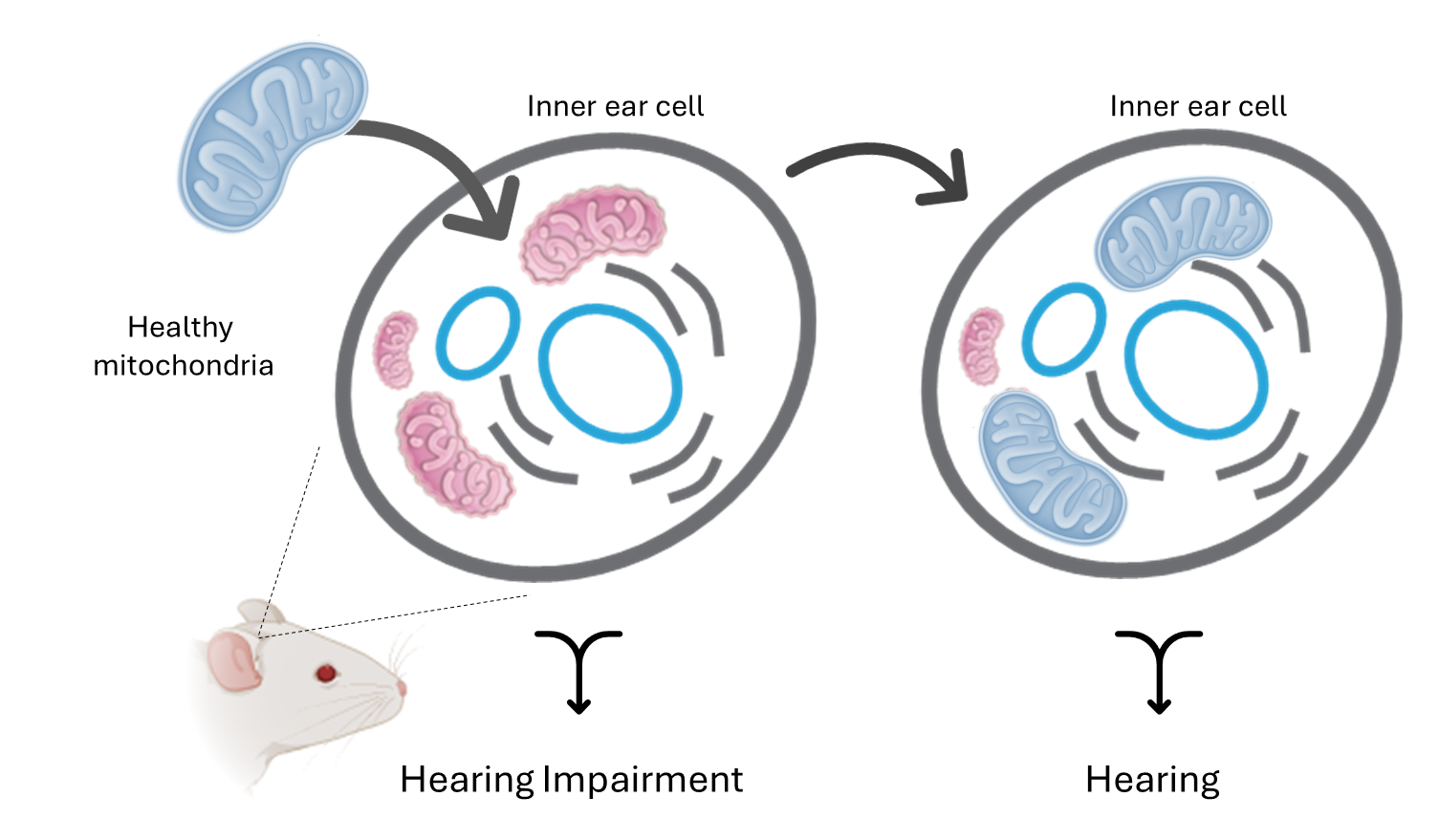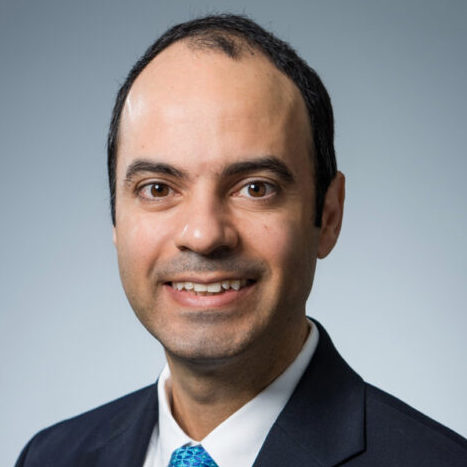Investigating Mitochondrial Transplantation as a Therapeutic Approach to Hearing Loss
Hearing loss is a widespread and disabling condition with no current cure, underscoring the urgent need for new therapeutic approaches for treatment and prevention. One of the causes of noise induced and age-related hearing loss is the degradation of mitochondria, which are the energy generators and oxygen radical scavengers of cells. Replacement or augmentation of mitochondria, termed mitochondrial transplantation is a novel treatment modality developed to overcome loss of function in metabolically active cells. Mitochondrial transplantation has been performed in cardiac myocytes and neurons. In a groundbreaking first-in-the-world study at UC Irvine, Dr. Hamid Djalilian’s team found that mitochondrial transplantation is feasible in the outer hair cell culture model. The team found that exogenous mitochondria derived from other cells are taken up by the outer hair cells.
“We found that hair cells in culture that received exogenous mitochondria exhibited increased bioenergetics compared to the controls that received none,” said Dr. Djalilian. He continued, “In addition, and more importantly, the cells with transplanted mitochondria had more resilience to oxidative stress, one of the processes which leads to loss of hair cells. If successful in animal models and ultimately in humans, this novel therapy offers prominent potential for the prevention and treatment of sensorineural hearing loss.”
“We found that hair cells in culture that received exogenous mitochondria exhibited increased bioenergetics compared to the controls that received none,” said Dr. Djalilian. He continued, “In addition, and more importantly, the cells with transplanted mitochondria had more resilience to oxidative stress, one of the processes which leads to loss of hair cells. If successful in animal models and ultimately in humans, this novel therapy offers prominent potential for the prevention and treatment of sensorineural hearing loss.”



Dr. Hamid Djalilian
“If successful in animal models and ultimately in humans, this novel therapy offers prominent potential for the prevention and treatment of sensorineural hearing loss.”
